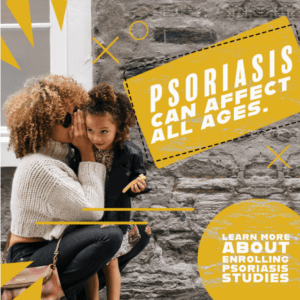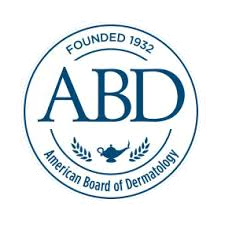The skin is a barrier that protects, warms, and cools our bodies. When there is an issue with the skin, like psoriasis, those functions are compromised, leading to overwhelming physical and emotional effects. It is estimated that eight million people in the U.S. have psoriasis. Each year, around 20,000 children under the age of ten are diagnosed. Understanding when those itchy, red spots need to be examined by a doctor starts with recognizing some of the common symptoms.
Symptoms
Psoriasis modifies the skin’s renewal process. Usually, the skin cells will mature and die, then shed while new skin cells are made underneath. This is a process which takes around three to four weeks. Psoriasis causes the immune system to be activated mistakenly, speeding up the life cycle of the skin cells to three to four days. Rather than falling off, the dead cells build up on the surface of the skin, forming thick, red, scaly patches.
The most common form of psoriasis in children is plaque psoriasis. The patches vary in size, number, and can appear anywhere on the body. However, they are mainly found on the elbows, knees, and scalp. They can also be very itchy and sometimes burn. Psoriasis can also be associated with other medical conditions, so your child should be seen immediately. Dermatologists specialize in skin disorders and are the best option for accurate diagnosis and treatment since there is no specific diagnostic test or tool. The dermatologist will examine the affected areas and may take a sample of it to view under the microscope.
Treatments
Psoriasis treatment depends on the severity, type, and area of skin affected. Decreasing the scaling, itching, discomfort, and inflammation is the goal of available therapies. Topical treatments such as creams or shampoos are one of the options. UV phototherapy, oral medications, and injected biologics are some others.
Finding the best way to manage psoriasis may take some time or require a combination of available treatments. In most cases, many patients can achieve complete or near-complete clearance of symptoms with the right medication.
For those patients where effective psoriasis treatment remains out of reach, clinical research is the key. Through clinical research studies, more work needs to be done to discover how to prevent, improve the treatment of, and eventually cure psoriasis. Volunteers participating in clinical trials are the only way these advances become possible.
To learn more about currently enrolling pediatric psoriasis studies at Texas Dermatology, click here.
References:










